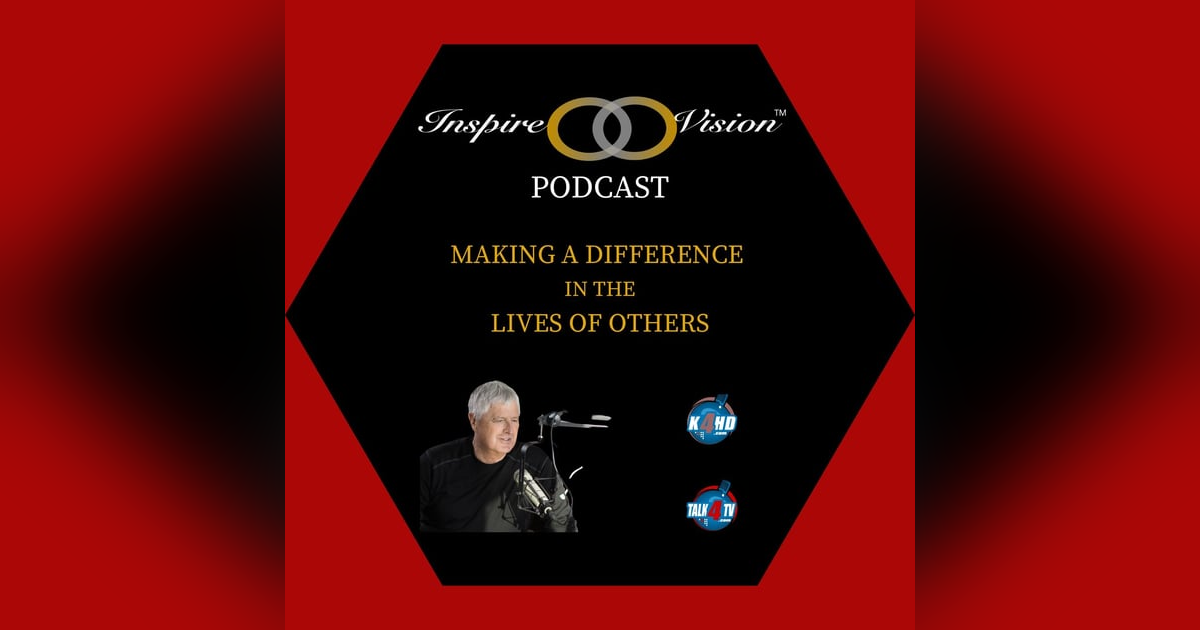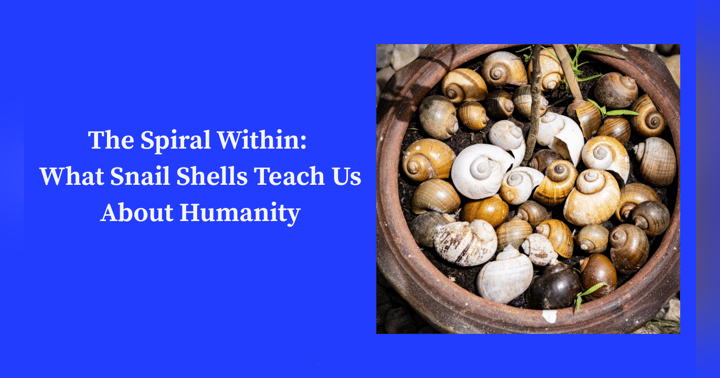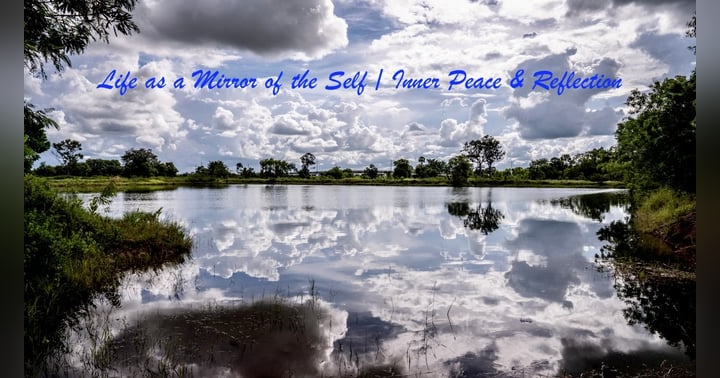Embracing Transformation: The Journey of Emotional Healing

Introduction:
Transformation and emotional healing are interconnected facets of human growth. The journey towards healing is a profound odyssey that individuals embark upon to navigate through life’s challenges, past traumas, and internal struggles. It’s a path that involves not just the mending of wounds but the emergence of a stronger, more resilient self.
Understanding Transformation:
Transformation is the metamorphosis of one’s being, a shift from one state to another. It’s the evolution that occurs when we confront our deepest fears, insecurities, and wounds. This process often begins with acknowledging the need for change, embracing discomfort, and fostering a mindset open to growth.
The Role of Emotional Healing:
Emotional healing forms the cornerstone of transformation. It involves delving into the depths of our emotions, unraveling the layers of past hurts, and allowing ourselves the space to confront, process, and release the pain that resides within. This journey of healing is both individual and unique, requiring patience, self-compassion, and sometimes, professional guidance.
Stages of Transformation and Healing:
- Awareness: Acknowledging the need for change and understanding the emotional wounds that require healing.
- Acceptance: Embracing the truth of one’s experiences without judgment or self-blame.
- Release: Releasing pent-up emotions, forgiving oneself and others, and letting go of what no longer serves personal growth.
- Rebuilding: Engaging in practices that nurture mental, emotional, and physical well-being. Cultivating new perspectives and habits that support a healthier lifestyle.
Tools for Transformation:
- Therapeutic Modalities: Seeking professional guidance through therapy, counseling, or support groups.
- Mindfulness and Meditation: Cultivating present-moment awareness to understand and manage emotions.
- Self-Care Practices: Prioritizing activities that nurture the mind, body, and soul.
- Creative Expression: Using art, writing, or other forms of creativity as a means of emotional release and self-discovery.
The Beauty of Transformation:
While the journey of transformation and emotional healing can be arduous, it’s also deeply rewarding. It allows individuals to rediscover their inner strength, resilience, and capacity for growth. Through this process, they cultivate greater self-awareness, compassion for oneself and others, and a renewed zest for life.
Conclusion:
Transformation and emotional healing are intertwined processes that empower individuals to break free from the chains of their past, embrace their vulnerabilities, and step into a brighter, more authentic version of themselves. It’s an ongoing journey—one that brings forth the beauty of resilience and the power of the human spirit.
































